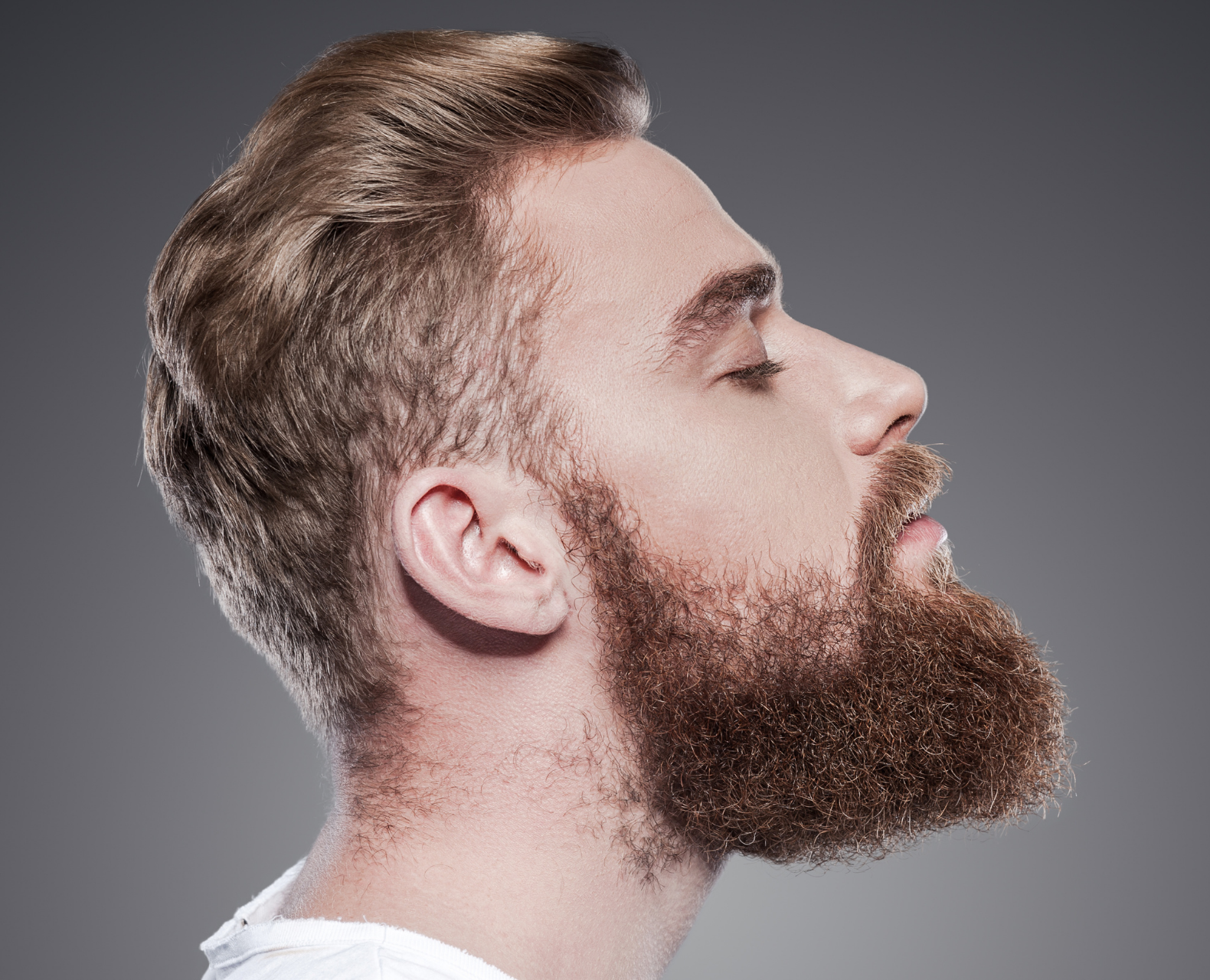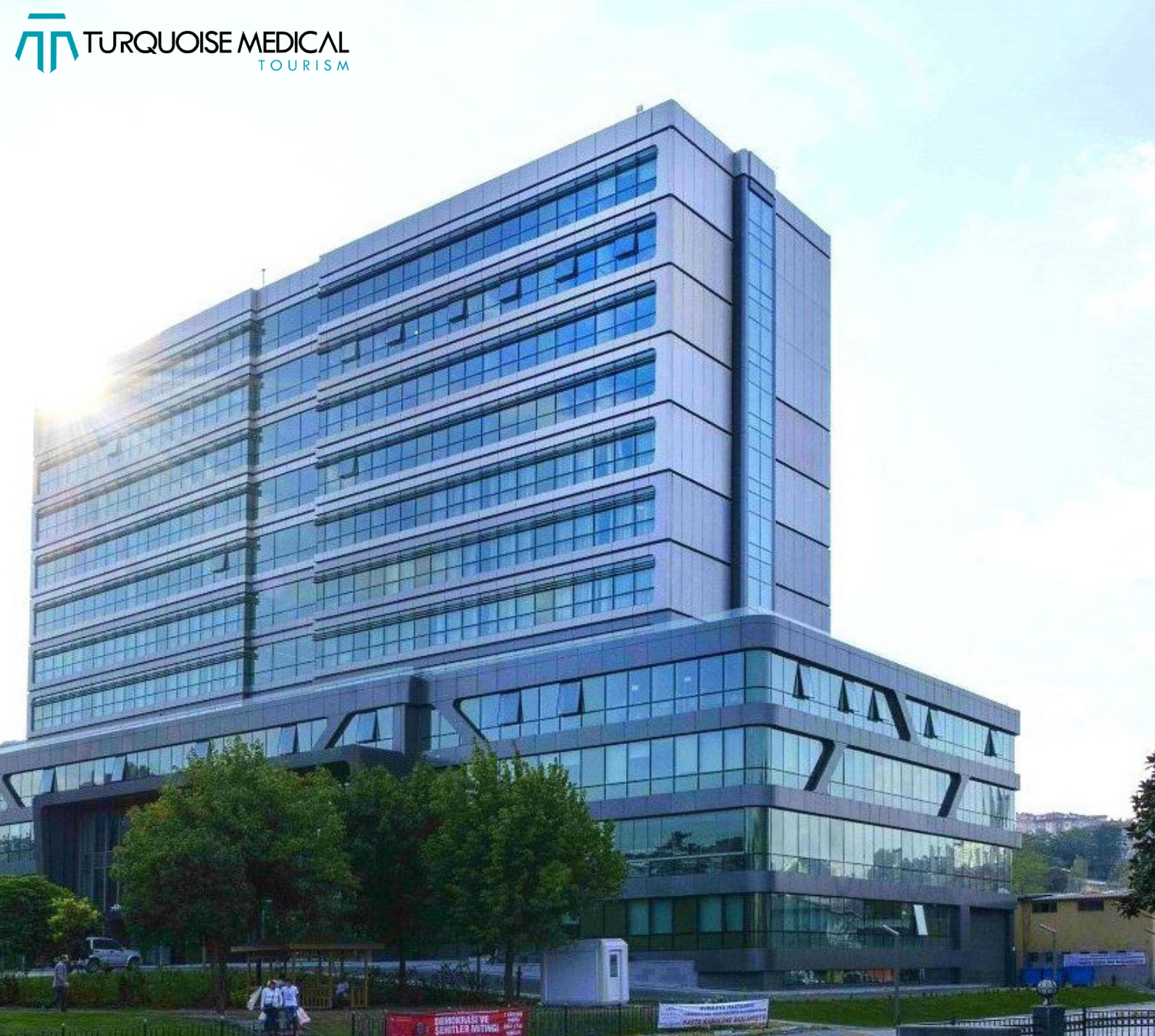Sapphire Fue Hair
Make an Appointment
Online Schedule
IntroductionSapphire Fue Hair
Follicular unit extraction (FUE) and direct hair implantation are the most advanced types of hair transplantation (DHI). The technique first appeared around 1988, progressively replacing its predecessor, FUT. The main advantage of FUE over FUT is that there are no scars following the treatment, which attributed to its quick popularity. In this article, we’ll go over the procedure and compare and contrast the various operations.
What Happened Before FUE?
Follicular unit transplantation was the major method of follicle extraction prior to FUE (FUT or FUSS). When employing the FUT procedure, surgeons must make a head-circling incision. An incision from one ear to the other covers the occipital portion of the head. After removing the skin strip, the surgeon sutures the ends of the skin together. Since it is so outdated, most surgeons no longer use this hair transplantation technique.
FUE Transplant Workflow
Multiple people work simultaneously throughout the FUE hair transplant procedure. To speed up the process, they split up the job.
- they begin removing follicles with a tweezer once the micromotor operators have been used to graft the chosen follicles. Another operator cleans and organizes the grafts in the background.
- Before beginning to clean the grafts, another technician places the extracted follicles on a piece of surgical gauze.
- The operator then sprays the grafts using a spray bottle.
Outside of our bodies, hair follicles have a short lifespan. As a result, after cleaning the grafts, we soak them in a serum solution.
- Serum protects the follicle from external influences, particularly dehydration.
- Follicles can live outside the body for 8 to 10 hours in this serum solution.
- While this is going on, hair transplant treatments are usually completed in less than eight hours.
What About The Anaesthesia?
Anesthesia will be provided to you at least twice during the process. Your initial anesthetic injection will be administered just prior to the extraction operation.
- The doctor will encircle the occipital region.
- The line will start at your nape and wrap around your ears.
- The thickest follicles are in your crown area, where the line ends.
The anesthetic may cause some discomfort during administration. When the donor area has been totally sedated, patients usually lose sensation in the areas that were anesthetized first. As a result, you will not feel anything during the operation.The effects of local anesthetics often last between three and six hours.
Your second anesthetic will be administered soon following the extraction and before the canals are opened. This time, your receiving area is sedated. The doctor will draw another line. For the time being, it will be around the insertion sites.
Some individuals may choose to have their chest and beard hair transplanted. In this case, these components likewise go through the same procedure.

Treatment Summary
Of Transactions
Processing Time
Anesthesia Method
Sensitivity Process
Return to Work
Full Recovery Process
Persistence of Results
Eating - Drinking
Introduction
When the dissection and cleansing are accomplished, the doctor prepares to open canals.
- Canals, which are very small holes, are created by doctors using microblades.
- After the doctor evaluates the normal growth patterns of the hair, a route is drawn.
- Our hair usually grows at a specific angle. Because of this, they do not simply protrude at a 90-degree angle.
- As a result, the surgeon makes incisions that mimic natural angles.
- The individual who lines them up also records how many grafts are removed from the patient.
- The doctor plans the number of canals based on the number of grafts already existing.
- The doctor then selects where more canals should be placed and how much of each area should be covered.
- The doctor opens channels to match the number of transplants.
Prolonged movement, on the other hand, might be uncomfortable. Teams take a little intermission after opening the canals to allow the patient to rest.
Sapphire FUE Hair Transplant
since technology has improved, we can make sapphire blades.
Sapphire is a precious gemstone. Sapphire FUE hair transplants are distinguished by their exceptional firmness. Metal instruments lose their sharpness and become dull after a certain amount of punctures. This is because metals can bend. Minerals, on the other hand, such as sapphire, do not flex or lose their sharpness. Using sapphire hair transplants, doctors are better able to unblock canals.
The Implantation Process
Since the grafts and canals are both ready, the implantation operation can now begin. Following the break, the operators begin the implantation procedure, each hand holding a set of grafts. Grafts that are regarded to be in superior health are typically placed in the front line of the canals.
The operator removes each graft with a tiny equipment like a tweezer. To save time, two or more operators often implant hair follicles at the same time. Because each graft is delicate and requires extra care while planting, this stage typically takes up the majority of the time throughout the process.
Occasionally, anesthesia will wear off during this stage. If you notice anything unusual, please notify the crew. They would give you extra anaesthetic if you didn’t consume too much during the procedure.
What About FUT Method?
The FUE and DHI procedures do several things better than the FUT method, which was invented a decade before FUE. Hair transplants can now be performed in a variety of ways thanks to advances in medical technology.
The implantation method for FUE and FUT techniques is comparable (DHI is a bit different though). At the end, the doctor arrives and prepares the canals for insertion. The rest of the team then begins implanting using the same tweezer-like tool.

IntroductionWhat Is Different In the FUE Operation?
The main difference between the two is how they obtain grafts. As previously indicated, the doctor removes a strip of skin and utilizes it to create grafts. During FUE and DHI treatments, however, no incisions are made.
FUE and DHI hair transplant technicians use a micromotor, which is an electrical tool. These tools have an inbuilt high torque motor and a punch-shaped tip. We use this punch to make tiny holes all around the hair follicles that will be grafted.
The size of the punch varies depending on the patient’s follicle type. The radius of the punch normally ranges from.6 cm to.9 cm. There are stronger punches, although they are rarely utilized.
A heavier punch may be required depending on how curly the patient’s hair is. because curly hair follicles frequently exhibit curling properties When applied to this type of hair, a small punch may cause follicle damage.
The Extraction Process in FUE Hair Transplant
After the micromotor operator has finished covering a given region, another operator arrives and begins the harvest. The micromotor only does one thing: it punches exceedingly small holes. Furthermore, each follicle must be extracted individually. The harvester uses the same tweezer-like equipment to extract grafts. We’re starting with single follicle grafts this time. A different operator removes the grafts and cleans them with a spray bottle. Similarly to FUT, the operator sorts and counts the follicles after they have been washed.
FUT patients have a huge, permanent scar on the back of their skulls. Unless the patient has short hair, this scar is typically unseen. However, for the reasons stated above, we recommend that our patients adopt the FUE and DHI methods rather than the FUT approach.
The FUE treatment, on the other hand, does not require any incisions. The micromotor handles the extraction with minimal damage to the scalp skin. This minimally invasive device keeps patients from acquiring permanent scars. After all, little holes heal far faster than surgical incisions. Even in short hair, micromotor extraction scars are virtually imperceptible to the naked eye.
FUE extractions were formerly performed in clinics using handheld mechanical equipment. A micromotor is now utilized for this. Despite the fact that mobile devices were more prevalent in the 1990s, we were able to develop advanced micromotors at the time.
In Turkey, both DHI and FUE hair transplants are now competitively priced. Furthermore, by visiting our website and communicating with our pros, you can obtain simple information on both the processes and the fees. As a result, you can have a successful operation.
Fue Hair Transplant Results
In terms of coverage, both surgical methods produce consistent results. Because FUE and DHI techniques do not cause severe scarring, they are becoming increasingly popular. FUT procedures are becoming increasingly uncommon on patients these days.
In both FUE and DHI, we remove uniformly sized follicles from the donor site. This way, we avoid overharvesting in some areas and resulting in a patchwork appearance after the procedure. However, with FUT, we used to immediately remove a hair-covered strip of skin. Currently, it is less effective than the alternatives.
After FUE or DHI, patients do not develop permanent scars. This is one of their most significant advantages. When you contact us, we will assist you with any of these techniques.when you talk with us.
What Comes After The Operation?
After the FUE hair transplant procedure is completed, the staff will sits you up and begin bandaging you. The recipient’s skin is not bandaged. Because the grafts have already been placed and are too fragile to withstand any physical contact. As a result, you must exercise extreme caution to avoid hitting your head.
Fue Hair Transplant Risks & Side Effects
Hair transplant surgery, like any other surgical procedure, carries some risks and potential side effects. The majority of side effects may not be experienced by all patients. However, some people may experience minor side effects. Everything is dependent on the patient’s effort and the clinic’s care. The following are common side effects:
- Crusting in the vicinity of the recipient
- around the scalp itching
- oedema in hair follicles (folliculitis)
- temporary loss of sensation at surgical sites
- Inflammation
We reduce the risk of side effects by providing exceptional service and medical quality to our customers. Please contact our experts for more information on the dangers and potential negative consequences of your scenario.
Sleep Instructions
We will give you instructions on how to deal with the first few days after bandaging. Nonetheless, you must sleep on your back for the first seven nights following surgery. This lessens unwelcome friction while you sleep. Additionally, we might advise using neck cushions to keep you stable on your back. You can sleep on your back by using a neck pillow.
Your First Morning After FUE
The following morning, you must take some medication. We will give you these medications after the procedure. Of course, you will be given instructions on how to use them in conjunction with the medications.
In addition, after your procedure is completed, we will schedule a check-up for you. When you visit our clinic, we will remove your bandaging, clean your head, and provide you with a headband. Following the procedure, there is some discomfort. Both the surgery and the medications had this effect. In response to wounds and foreign objects, your body will begin to fill with fluids.
Inflammation And How To Deal With It
The headband helps to keep these fluids from falling downhill as a result of gravity. If these fluids flow downhill, they usually land on the patient’s face. This results in an unappealing appearance and, on occasion, minor discomfort. As a result, follow your doctor’s advice and wear the band for the specified amount of time.
Adopting poor posture after surgery may also have the same effect. You may endanger yourself if you are used to bending your neck and looking down. We encourage patients to maintain good posture to avoid these problems. The inflammation resolves in 3 to 7 days, depending on how the patient’s body reacts.
FUE Hair Transplantation Cost
Up to this point, we have only discussed the technical aspects of hair transplant procedures. The cost of hair transplant treatments in Turkey will now be discussed briefly.
A hair transplant in Europe or America costs between 4,000 and 14,000 euros. The majority of people do not realize their dream of having more attractive hair because of the exorbitant cost of hair transplantation, though Turkish doctors take advantage of this.
Everything comes down to two things:
- Turkey has a low cost of life
- Turkey’s expense of the same equipment as in Europe
- higher standard of service
A hair transplant in Turkey can cost less than half the price. Many patients reconsider having the treatment done after learning how much it costs in Turkey.
FUE Hair Transplantation In Turkey
In reality, Turkey is increasingly favoring foreign patients. Pricing and service quality are the primary drivers of this increase in popularity. Doctors recognized the opportunity to provide hair transplantation services on par with those provided by clinics in developed countries.
Doctors were aware that their clinics could be run with significantly lower overhead. As a result, as the popularity grows, an increasing number of doctors make the investment to establish cutting-edge clinics. These clinics are primarily located in Istanbul.
Many patients who opt for a hair transplant in Turkey stay for an extended period of time. Because the cost of FUE hair transplantation in Turkey is so low, many people consider it an operation plus vacation.
Patients can usually return to work three to seven days after surgery, as long as they don’t do strenuous physical labor. Many patients, however, believe that they would benefit from a vacation in Turkey and would like to extend their stay. If you require any additional information, please do not hesitate to contact us.
Am I a suitable candidate for Hair transplant ?
This is determined by your hair loss pattern and donor area. Naturally, you must consult with a doctor who can explain your specific situation, the number of grafts required, the overall coverage, your expectations, and the necessary aftercare.
After getting a hair transplant, may I smoke?
Smoking is not recommended for at least 48 hours after a hair transplant because it slows the healing process and increases the likelihood of grafts falling out later.







